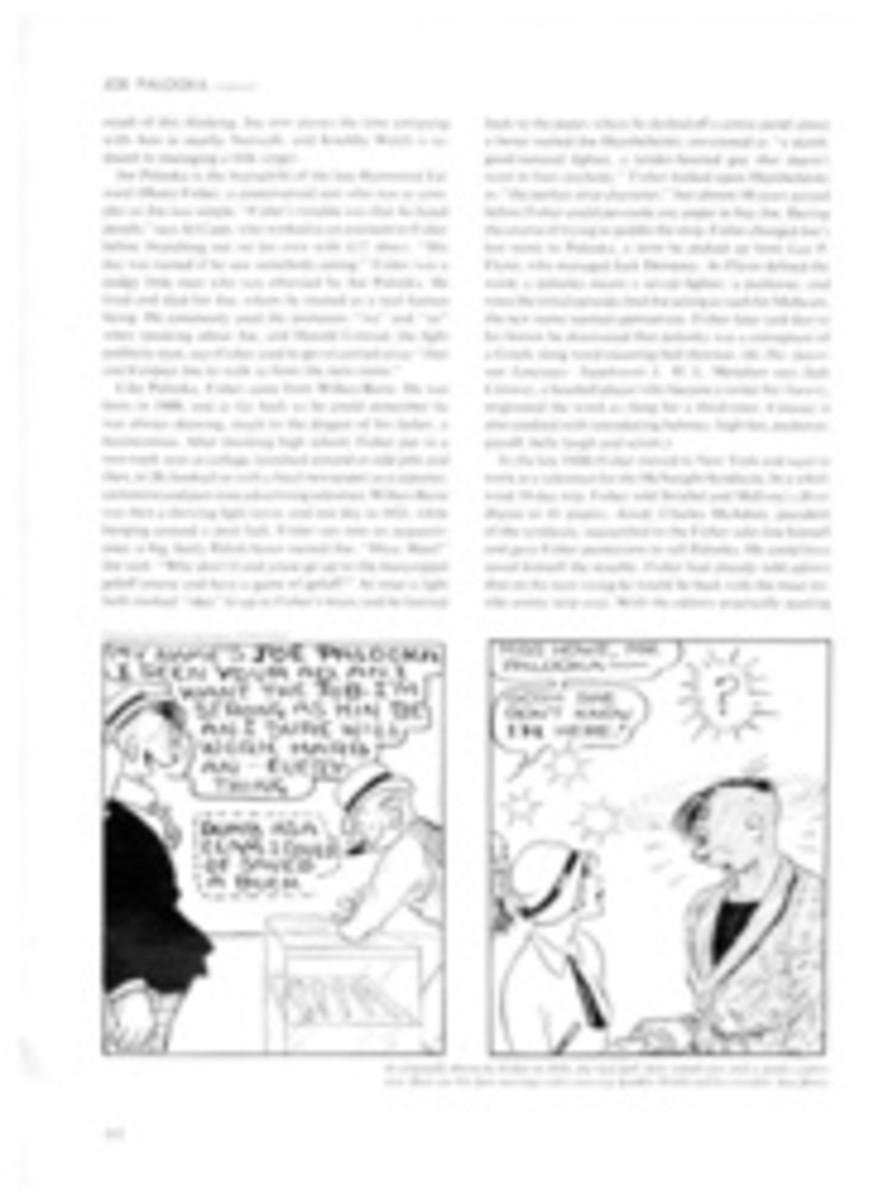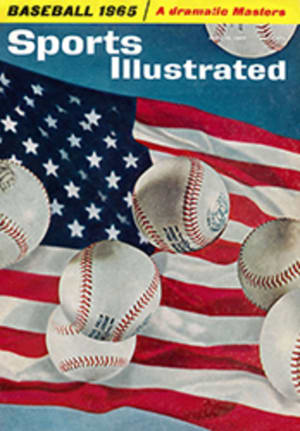
BALTIMORE ORIOLES
HITTING
The Orioles just love to talk about 23-year-old Boog Powell. They talk about the ball Boog hit over the distant hedge in left center in Baltimore, his two 450-footers, the eight homers in D.C. Stadium. Powell, who is 6 feet 3 and 235 pounds, does not ordinarily hit the towering fly balls that most big men do. He is more of a line-drive specialist because he has a level swing and does not try to overpower the pitch. Still, one day last year in Kansas City he got under one ball and sent it up, up and away, until it crashed high off the distant scoreboard. If it hadn't stopped then, it would have gone nearly 500 feet. Even the usually noncommittal Powell was impressed. "One of these days I'm going to hit the moon," he said. Powell, who looks like Jack Nicklaus' twin, has a face full of freckles and a becoming modesty. When he speaks of his improved hitting he cites three factors: learning the pitchers, confidence and "knowing how to be loosey, goosey at the plate." In three years he has boosted his batting average from .243 to .290 and his home runs from 15 to 39. No team in the league had a pair of run producers to match Powell (99 RBIs) and Brooks Robinson, who led the league with 118. Robinson, the American League's MVP, hit 28 homers and batted .317, second best in the AL. What's more, the durable Robinson (he missed only two innings last year and has missed just four games since 1959) batted .464 and knocked in 28 runs over the final 23 games of the season when the Orioles were desperately chasing the Yankees. The rest of the Orioles' offense is centered in the bat of streak-hitter Sam Bowens (22 HRs, 71 RBIs as a rookie in 1964) and the legs of Luis Aparicio (93 runs, 57 stolen bases—tops in the AL for the ninth straight year). Full seasons from John Orsino (19 HRs, .272 in 1963) and Russ Snyder (.290), both out most of last year with injuries, could add some needed zip to the Oriole attack which, despite Powell and Robinson, was a mediocre sixth in runs in the AL. With soft spots in the lineup at first (Norm Siebern, .245), second (Jerry Adair, .248) and center (Jackie Brandt, .243), rookies Curt Blefary (60 HRs in his past two minor league seasons), Dave Johnson (19 HRs at Rochester) and Paul Blair (.311 at Elmira) have better than average chances to become regulars. Both Blair and Johnson hit well in Florida.
PITCHING
In the not too distant past, Baltimore's pennant hopes rested almost entirely on superlative pitching (lowest ERA in the AL in 1961 and 1962), but that has changed. For the past two seasons Baltimore's pitching has fallen off (fourth in ERA in '64), and this spring the staff gave Manager Hank Bauer little cause for optimism. Bauer had hoped that Milt Pappas (16-7, 2.96) would get off to a fast start for a change, but Pappas, historically a poor early-season pitcher, looked his worst this spring. Another worry for Bauer was the sensational rookie, Wally Bunker (19-5, 2.69 ERA), who had a sore arm for a while in Florida. On the bright side, however, was the springtime work of Steve Barber and Dave McNally. Barber inexplicably lost his fast ball last year and slipped from 20 wins to nine. He appeared to regain his stuff in Florida and looked again like the Barber of 1963. McNally was in and out (9-11), but he has discovered that he had been tipping his pitches. That has been corrected, and McNally should have a better season. The only worry about Robin Roberts is his age (38). Otherwise he seems able to come close to his 13-7, 2.91 ERA record of 1964. There is also a bit of age in the bullpen—Harvey Haddix (39), Stu Miller (37) and Dick Hall (34). The three of them won 21 games and saved 35 others last year. Rookies with a good chance are Jim Palmer (11-3 at Aberdeen) and Herm Starrette (1.96 ERA at Rochester).
FIELDING
Last year Bauer installed canvas-back chairs in the Baltimore clubhouse so the players could lean back and relax. On the field, though, the Orioles were a fast-moving crew who broke their year-old major league record by committing only 95 errors. Getting balls through the left side of the infield—where Third Baseman Robinson and Shortstop Aparicio preside—is like trying to squeeze water through a brick wall. Jerry Adair set a big league record by making only five errors at second base, yet could lose his job to rookie Johnson, who has more range. Orsino, Dick Brown and Charlie Lau form a strong catching crew, and Bowens makes all the plays in right. The other positions are somewhat unsettled. Powell, a first baseman originally, was a left fielder last season. No matter where he plays, Powell is hampered by his size. If neither Siebern nor Blefary hit enough to play first, Powell will take over there. If Blair keeps hitting, he will be the center fielder; he has a marvelous arm and is the best outfielder on the team. In reserve in the infield is Bob Johnson, who can play all four positions.
OUTLOOK
With pitching that doesn't look as solid as in the past and with little likelihood of more run production, the Orioles will have to scramble to finish as high as they did last season. A big trade, which the Orioles have been trying to make, or big performances from some of the rookies and the question-mark pitchers would help the Birds fly higher.
[originallink:10525876:43199]
PHOTO
The mighty swing of massive Boog Powell has produced some of the longest homers in baseball.

